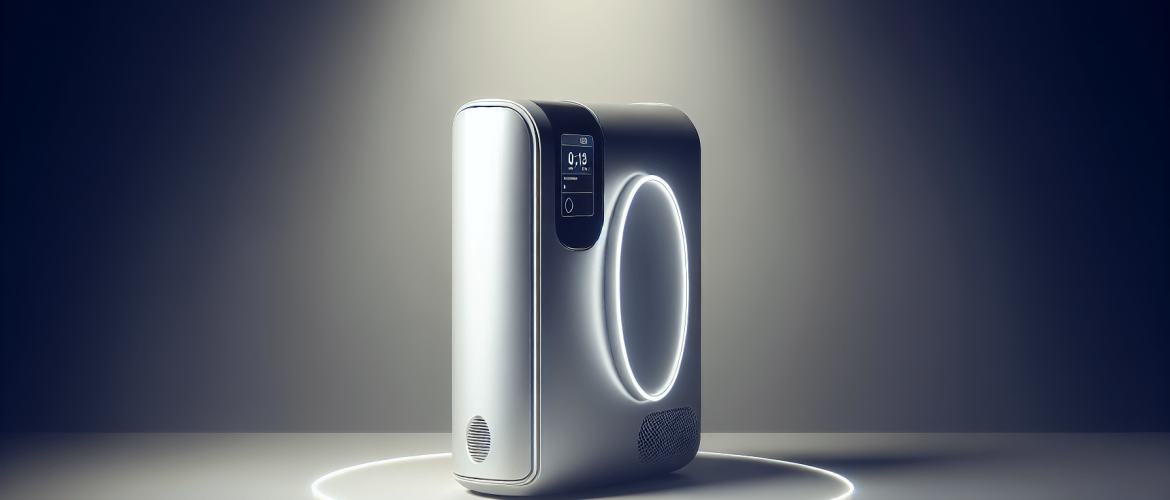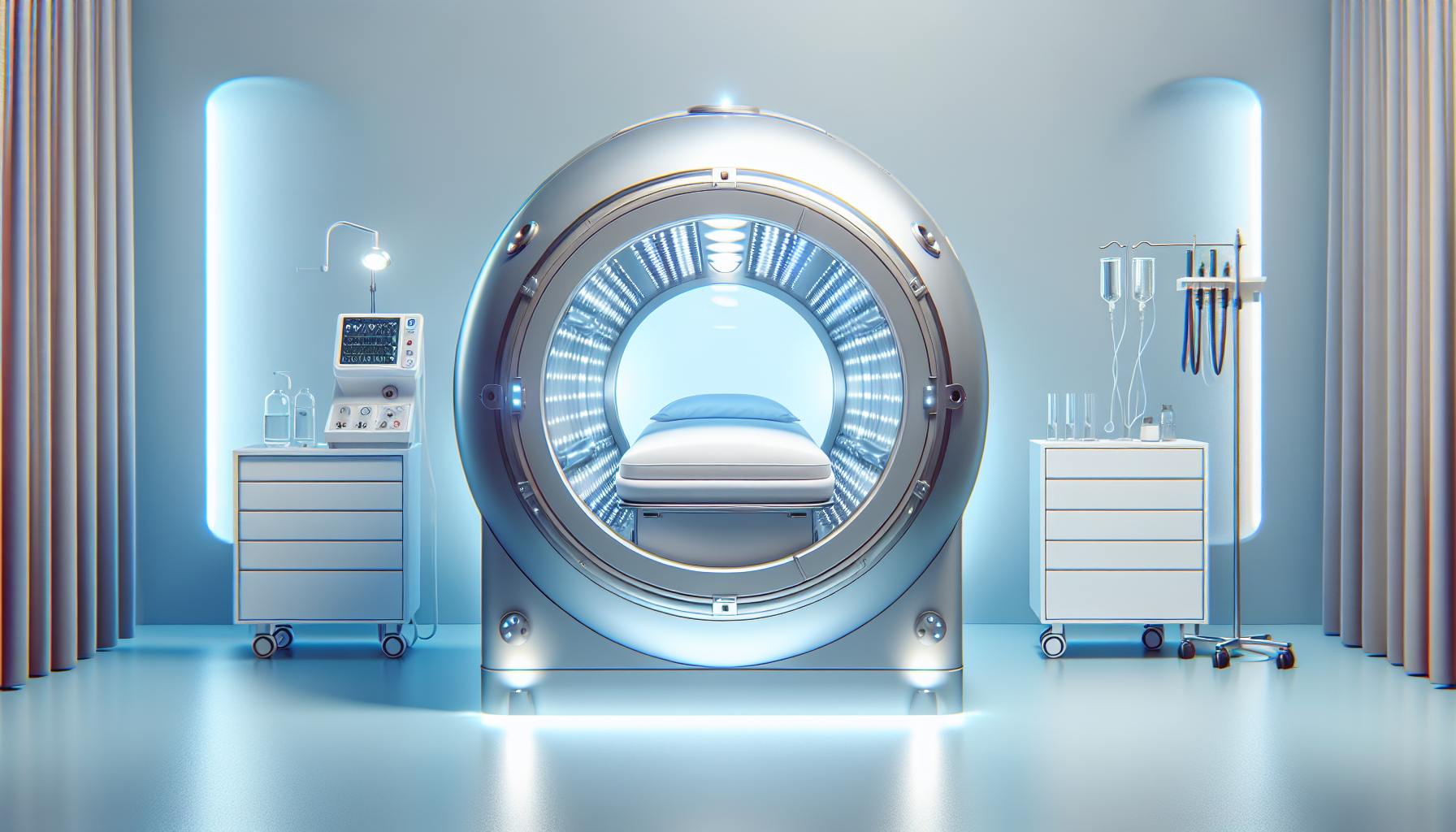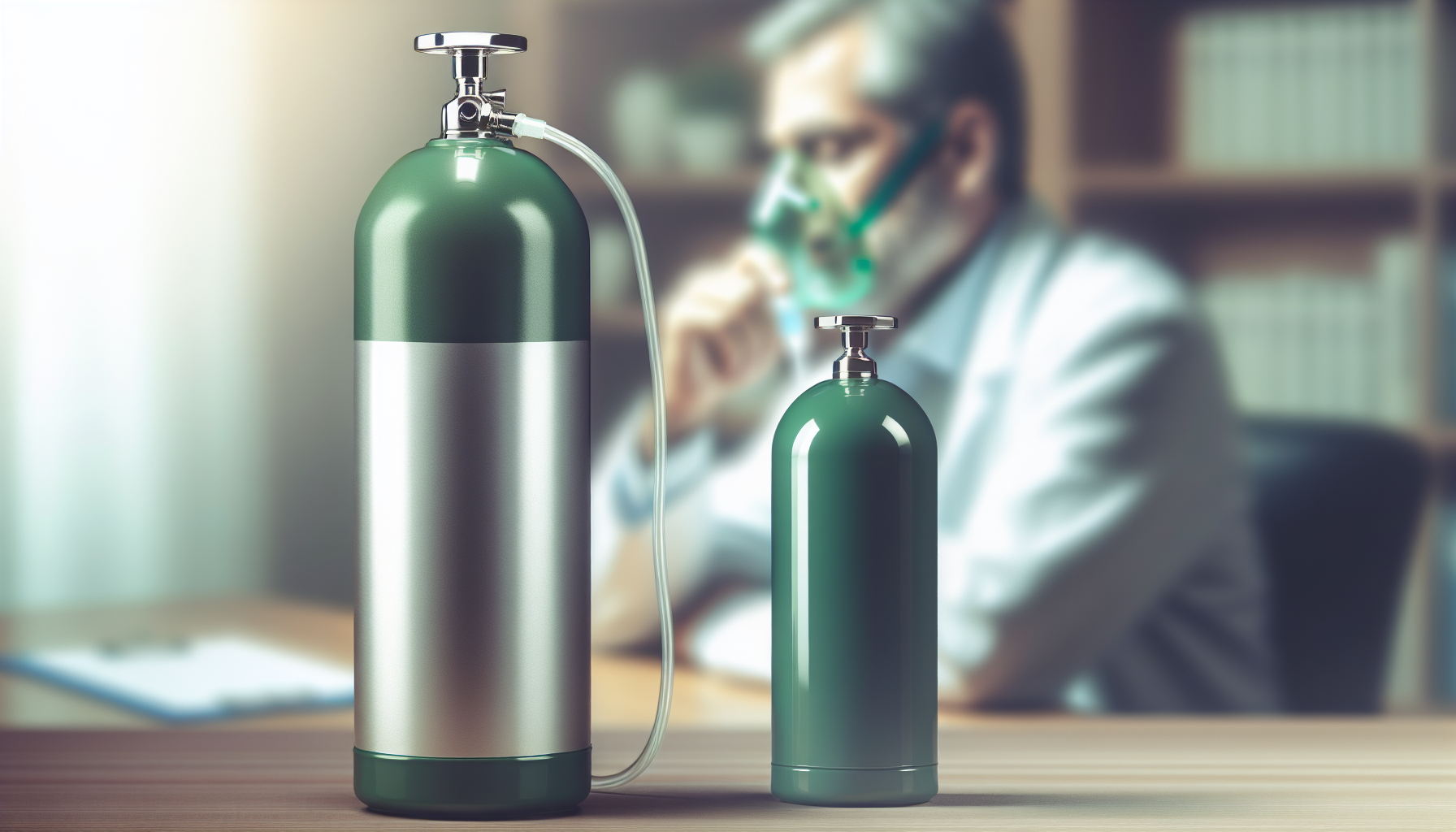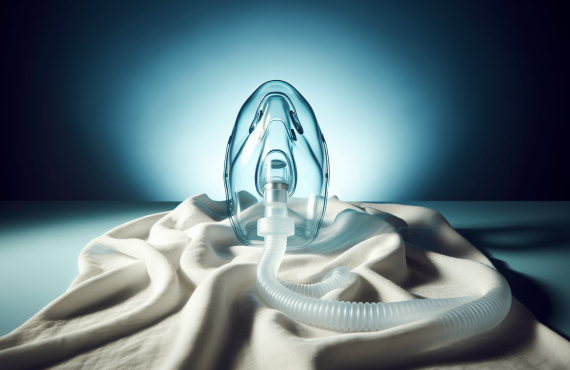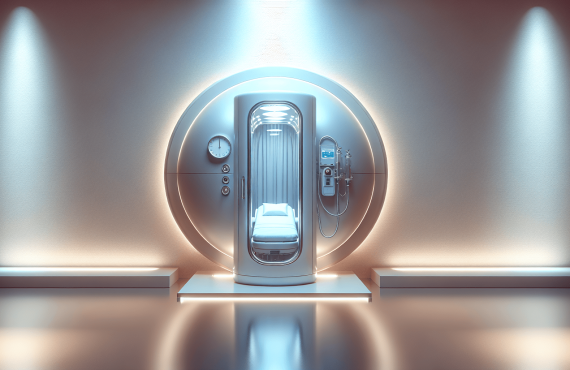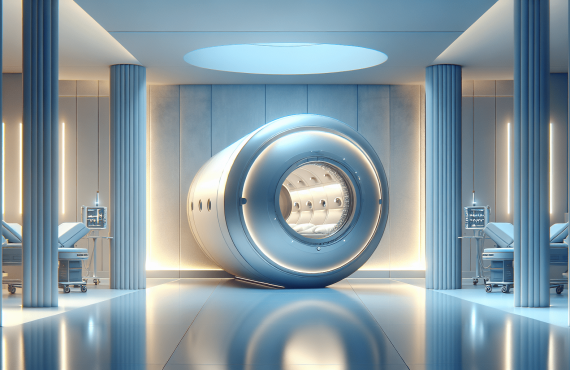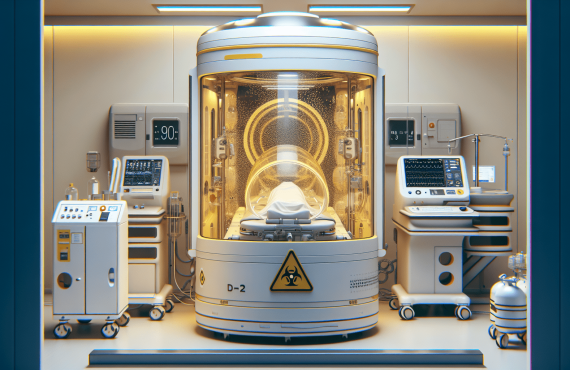Have you ever wondered why some people need to bring oxygen into their homes? Let’s explore the most common health condition that requires people to use home oxygen. For many, this is not just about a medical device; it becomes an integral part of their daily lives. Let’s unravel this complex yet fascinating aspect of health care.
Table of Contents
Understanding Home Oxygen Use
Home oxygen therapy is a medical treatment where a person receives oxygen in their home to aid their breathing. It’s prescribed for individuals who have trouble getting enough oxygen into their blood. This therapy improves their quality of life and can even extend their lifespan.
Why is Home Oxygen Therapy Important?
Oxygen is critical for our survival. Our cells need oxygen to function and produce energy. When someone cannot breathe adequately on their own, supplemental oxygen becomes necessary. This therapy supports the body’s vital functions and can reduce symptoms like breathlessness.
Common Reasons for Needing Home Oxygen
Many conditions may lead to the need for home oxygen. The most common of these is Chronic Obstructive Pulmonary Disease, or COPD. It affects the lungs and makes it difficult for affected individuals to breathe.
What is COPD?
COPD is a chronic lung disease that obstructs airflow from the lungs. It includes two main conditions: emphysema and chronic bronchitis, and they often occur together.
Emphysema Versus Chronic Bronchitis
- Emphysema: Involves the destruction of the lungs’ air sacs, affecting their elasticity and reducing airflow.
- Chronic Bronchitis: Causes inflammation of the bronchial tubes, leading to mucus buildup and blocked airways.
These conditions lead to decreased oxygen in the bloodstream, necessitating supplemental oxygen.
Symptoms of COPD
- Shortness of breath
- Chronic cough
- Wheezing
- Chest tightness
Many individuals with COPD experience frequent respiratory infections and fatigue. The symptoms progressively worsen over time, making early detection crucial.
Causes of COPD
- Smoking: The biggest risk factor; most people with COPD have a history of smoking.
- Environmental Factors: Long-term exposure to air pollutants and chemical fumes.
- Genetic Factors: In rare cases, a genetic disorder known as Alpha-1-antitrypsin deficiency.
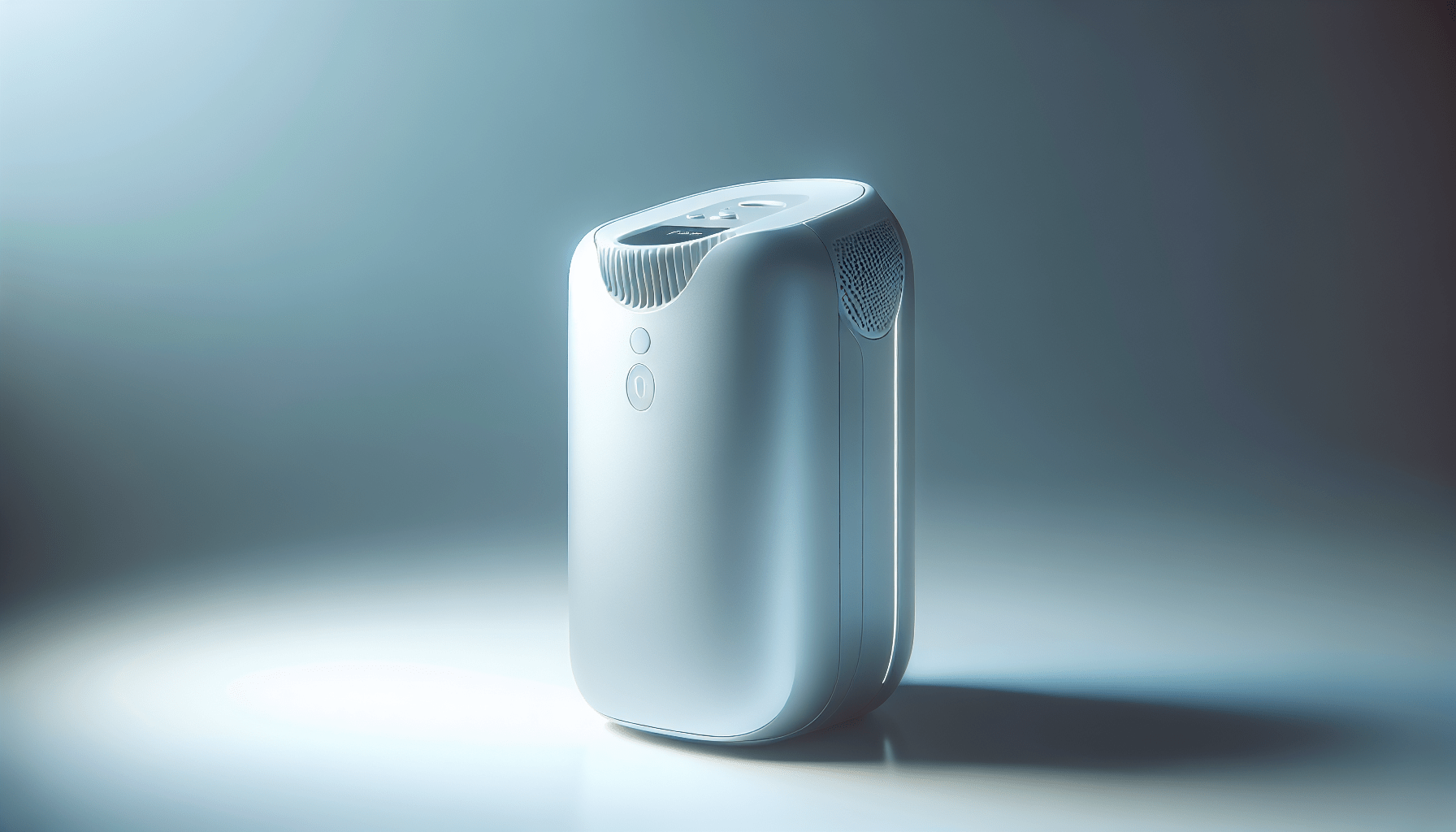
How Home Oxygen Therapy Helps
Home oxygen therapy aids by delivering pure oxygen, increasing oxygen levels in the blood. This effect helps alleviate the symptoms of COPD and improves patients’ overall well-being.
Benefits of Oxygen Therapy
- Enhances the quality of sleep
- Improves mental alertness
- Reduces fatigue and improves stamina
- Decreases risks associated with low oxygen levels, such as heart complications
Managing Home Oxygen Safely
Using oxygen at home requires some adjustments. Safety precautions are necessary to prevent any hazards, considering oxygen is highly flammable.
Safety Precautions
- Smoke-free Environment: Never smoke or allow smoking near the oxygen supply.
- Avoid Open Flames: Keep away from candles, gas stoves, and heaters.
- Proper Storage: Store oxygen tanks away from heat sources.
Equipment Used in Home Oxygen Therapy
The equipment for home oxygen therapy is designed to be user-friendly:
- Oxygen Concentrators: Draw in room air, remove nitrogen, and supply oxygen-rich air.
- Oxygen Tanks: Portable tanks that provide a specified amount of oxygen.
- Liquid Oxygen Systems: Store oxygen in a liquid form, which converts to gas when released.

Other Health Conditions Requiring Oxygen
While COPD is the most common condition requiring home oxygen, other health issues may also necessitate it.
Other Conditions
- Pulmonary Fibrosis: Scarring of lung tissue leading to lung dysfunction.
- Heart Failure: Insufficient blood pumping can reduce oxygen levels.
- Severe Asthma: During extreme asthma attacks, oxygen therapy may be needed.
- Sleep Apnea: Some severe forms may benefit from supplemental oxygen.
Importance of Regular Medical Consultation
Starting oxygen therapy should come with guidance from a healthcare professional. Regular check-ups ensure that the oxygen therapy is effective and adjustments are made as needed.
Continuous Monitoring
- Regular blood tests to check oxygen levels.
- Monitoring for any equipment malfunctions.
- Adjusting oxygen levels as required.
Frequently Asked Questions About Home Oxygen
Here are some common inquiries folks have about home oxygen therapy:
What symptoms indicate I might need home oxygen?
Shortness of breath, chronic fatigue, and low oxygen saturation levels as measured by a pulse oximeter might indicate the need for home oxygen.
Is oxygen therapy covered by insurance?
Most insurance plans, including Medicare, cover home oxygen therapy when prescribed by a doctor. Confirm coverage with your provider.
Can I travel with oxygen therapy equipment?
Yes, travelers frequently use portable oxygen concentrators. Discuss with your healthcare provider about travel-safe guidance and obtain the necessary documents.
How do I know if my oxygen therapy is effective?
Effectiveness is gauged by symptom improvement and regular blood oxygen level checks. If symptoms persist, consult your healthcare provider.
Are there alternative treatments to home oxygen therapy?
Lifestyle changes, pulmonary rehabilitation, and medication management may help some conditions. Consult a healthcare provider for personalized advice.
Local Resources and Support
Connect with local support services, such as Henry Chiropractic, to get help with daily health management. For those in Pensacola, Dr. Craig Henry and Dr. Aaron Hixon provide care and guidance to improve your health and well-being.
Meet the Team
- Dr. Craig Henry: A skilled chiropractor promoting overall health and wellness.
- Dr. Aaron Hixon: Specializes in various chiropractic techniques to aid recovery and enhance quality of life.
Whether you seek regular chiropractic care or specific advice on illness prevention, Dr. Craig Henry and Dr. Aaron Hixon are prepared to assist.
For inquiries, reach out to:
Henry Chiropractic
1823 N 9th Ave
Pensacola, FL 32503
(850) 435-7777
Visit their website
Conclusion
Understanding the conditions that require home oxygen therapy is essential for those affected and their families. COPD remains the most common condition necessitating home oxygen, but it offers significant relief to many. Home oxygen therapy breathes life back into daily activities, offering a better quality of life to those who need it. Always follow medical advice and maintain regular consultations to ensure the treatment remains effective and safe.


